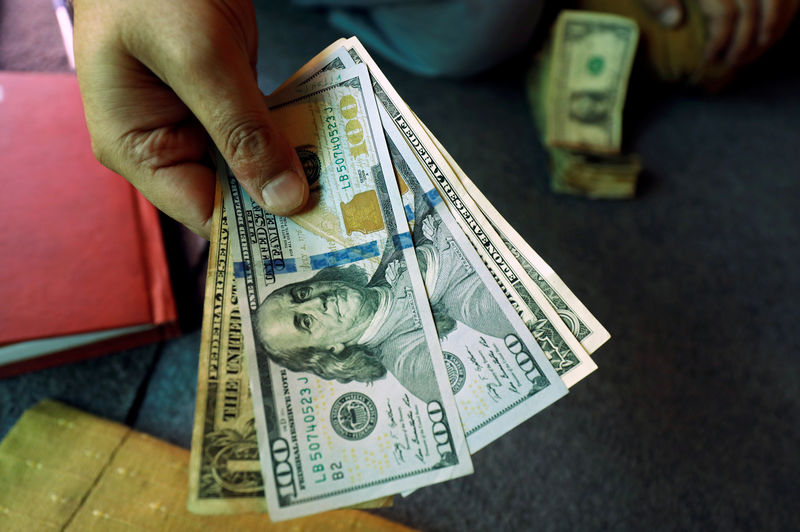Tonix Pharmaceuticals stock halted ahead of FDA approval news
By Yasin Ebrahim
Investing.com – The euro looked set to snap its four-day losing streak against the greenback on Tuesday, shrugging off weaker eurozone fourth-quarter growth ahead of the European Central Bank meeting expected later this week.
EUR/USD rose 0.50% to $1.1902.
Eurozone quarterly GDP was revised down to -0.7% in Q4 from the preliminary reading of -0.6% despite stronger growth from Germany, as the lockdowns across the euro area weighed on growth. "The return of lockdown measures were the main factor behind the negative number that sets the Eurozone up for a technical recession over Q4/Q1 and will leave the ECB in crisis mode for now," Action Economics said.
But as lockdowns are set to reopen, albeit slowing, investors are pricing a stronger recovery and an uptick in inflation that has pushed European bond yields higher, and stoked talk of tightening financial conditions that the ECB will have to address later this week.
At its meeting on Thursday, the ECB, however, will hold rates steady and try to "downplay the recent increase in bond yields, and lay out the welcome mat for further bond purchases," ING said. "The ECB could frontload its PEPP [ Pandemic emergency purchase programme purchases] in the coming weeks to demonstrate its willingness to maintain favourable financing conditions. "
Others agree, suggesting that the central bank will not be panicked by the uptick in bond yields.
"Despite recent evidence of a tightening of credit standards on bank loans, overall financial conditions remain highly accommodative by historical standards, while the GDP-weighted yield curve remains well below its level before the pandemic struck, Action Economics said. "The Governing Council will welcome the recent upwards shift in financial market inflation expectations as well as the modest weakening of the euro against the US dollar. And the ECB's updated economic projections will also suggest that it doesn't need suddenly to change course with policy," Action Economic said.
The sharp uptick in the euro was also helped by dollar weakness on a fall in Treasury yields as the selloff in bonds paused.
